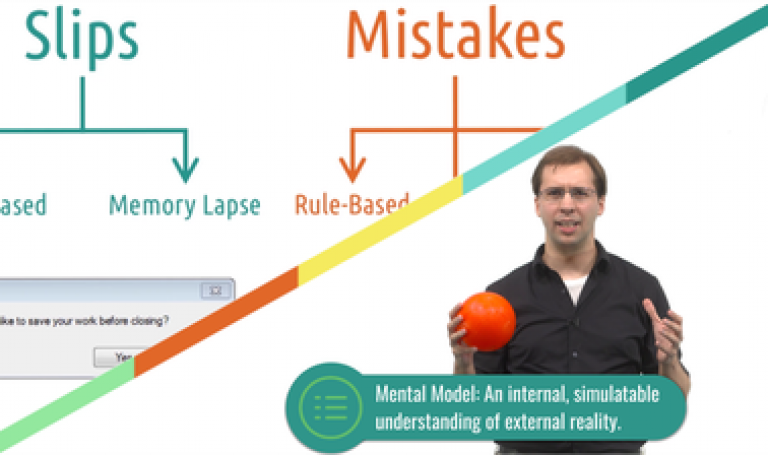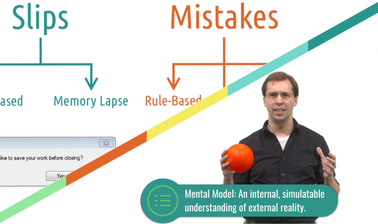
Human-Computer Interaction II: Cognition, Context & Culture
FREE
This course takes you through lessons 9 through 13 of CS6750: Human–Computer Interaction as taught in the Georgia Tech Online Master of Science in Computer Science program. In this course, you’ll expand the scope through which you view human–computer interaction. You’ll start by going further inside the user’s mind to understand the role of mental models in guiding a user’s interaction with your system. A good user interface designer understands the mental models of their users and how representations can be used to correct those mental models. You’ll then learn methods for breaking down user behavior into more objective, discernible, and measurable chunks. Through the principles of task analysis and with artifacts like GOMS models, you’ll discover how to take the often–ethereal patterns of human interaction and distill them into externalizable, manipulable chunks. You’ll also learn how to use these artifacts to inform the design and improvement of interfaces. You’ll then widen your view to look at the context in which your interfaces are deployed. You’ll begin by learning about distributed cognition, which includes the notion that humans may offload cognitive tasks onto interfaces, and that humans and interfaces together may be considered higher–level cognitive systems. You’ll also learn about theories for …
Instructor Details
Courses : 6
Specification: Human-Computer Interaction II: Cognition, Context & Culture
|
1 review for Human-Computer Interaction II: Cognition, Context & Culture
Add a review Cancel reply
This site uses Akismet to reduce spam. Learn how your comment data is processed.

| Price | Free |
|---|---|
| Provider | |
| Duration | 33 hours |
| Year | 2021 |
| Level | Beginner |
| Language | English |
| Certificate | Yes |
| Quizzes | No |

FREE






Anonymous –
This is the second course in Professional Certificate in Human Computer Interaction series. Very good content. Explain in very simple language with various examples by Dr. David Joyner.